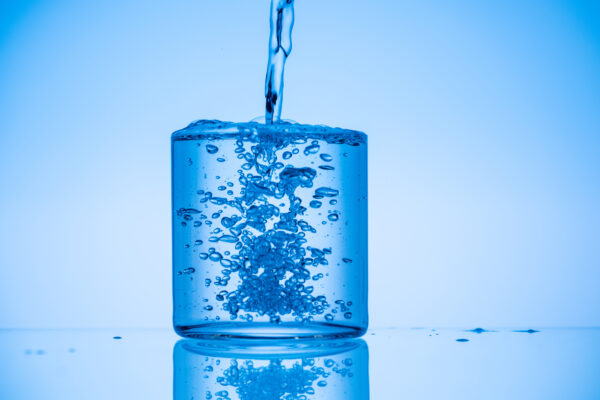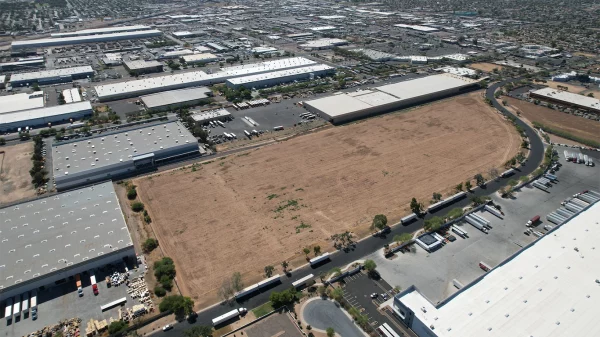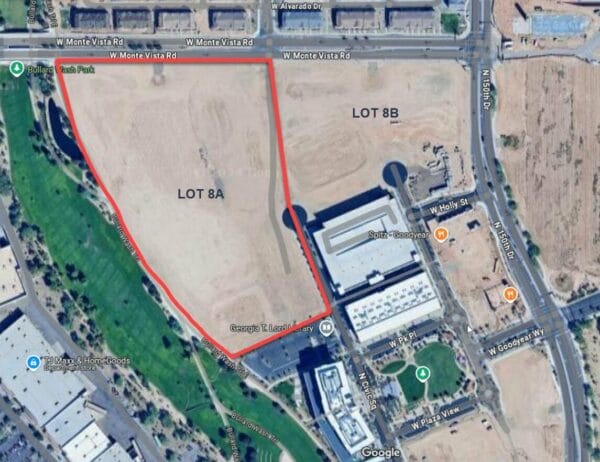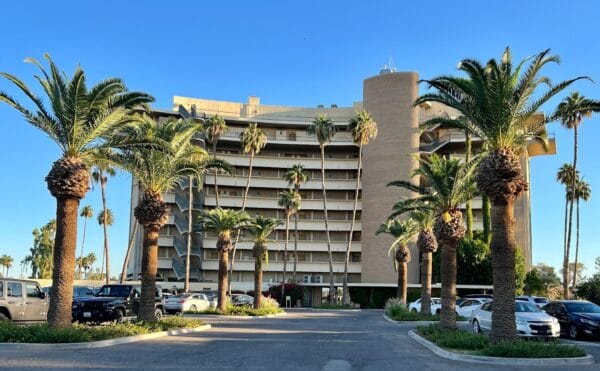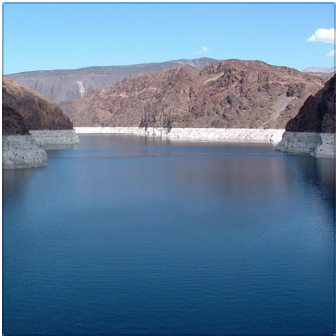
By Nick Fouriezos | OZY and McCaltchy
Things aren’t quite right at Lake Mead. When full, it’s the largest reservoir in the United States, a receptacle for the Colorado River that flows from Utah to Arizona, tapping the Nevada border at Hoover Dam before heading to California. But on a toasty Sunday, the cliff faces with bronzed tops reveal a crisis: They pale and whiten toward the bottom. This so-called bathtub ring effect has scientists, policymakers and voters across the West worried. And nowhere more so than in Arizona, where there’s a key election at stake.
A decades-long drought and increased evaporation owing to climate change have decimated water levels of Lake Mead, creating problems for the seven states that rely on it. But the concern is especially acute for Arizona, which relies on the river water to supply irrigation to countless farms, as well as to two-fifths of the Phoenix metropolitan area. If the reservoir falls below 1,075 feet above sea level — it’s currently at 1,077.75 feet — water shortages result, and Southern Arizona farmers would bear the brunt, losing “half of their water supply” overnight, says Paul Orme, a lawyer who represents agriculture-heavy Pinal County and other affected irrigation districts.
Typically such matters are handled by state laws and judicial decisions between states. But the Arizona governor and state legislature failed to find a solution this past session and have kicked the problem to the future. The courts are bogged down with interstate disputes over how to divvy up the cuts if water levels dip even lower. That means one of the country’s hottest U.S. Senate races could turn on how to quench the state’s thirst — that is, if any of the candidates manage to come up with a coherent plan.

